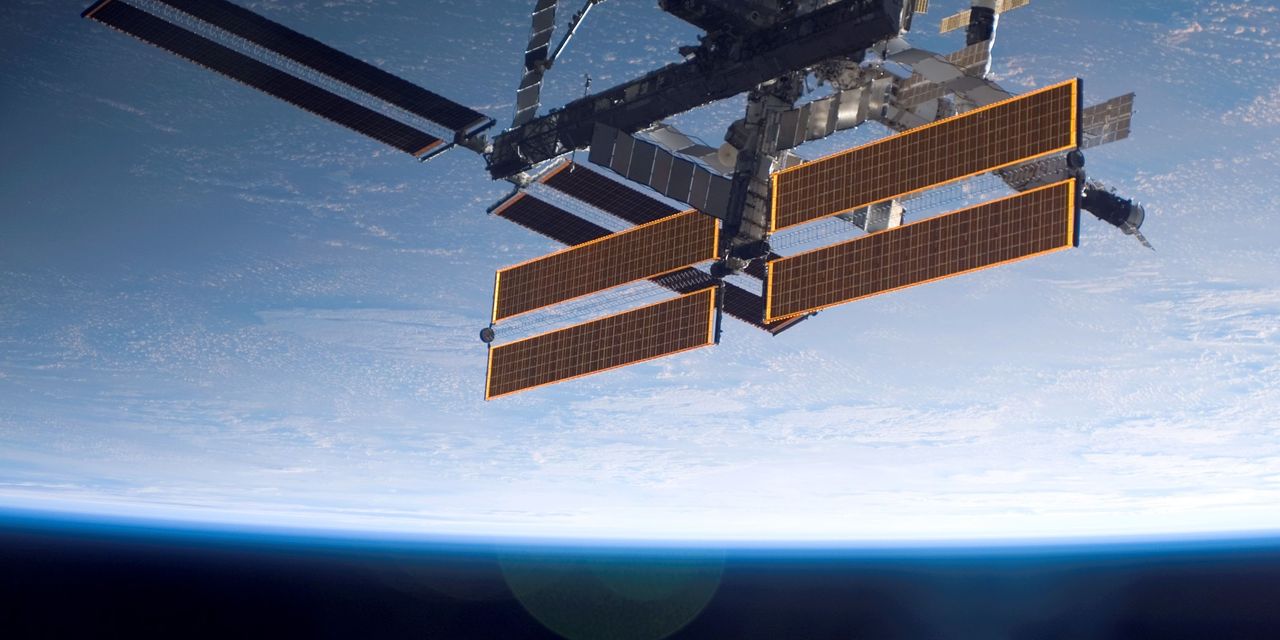More help on tracking potent Earth-warming methane emissions will come from space, the United Nations said Friday, announcing a satellite-data system funded by Amazon’s Jeff Bezos, the U.S. government and others.
As part of global efforts to slow climate change by tackling methane, the U.N., as part of its COP27 summit in Egypt, announced a new satellite-based system to detect emissions of the climate warming gas. What’s more, the system, which will go into effect next year, can feed a direct alert to the emitter.
The U.N. Environment Programme (UNEP) said that the new Methane Alert and Response System — MARS for short — is intended to help companies act on major emissions sources, and to provide data in a transparent and independent way.
It draws on satellite measurements performed by NASA and the European, German and Italian space agencies. Data from private satellite operators will also be incorporated in future.
Methane is a powerful greenhouse gas, contributing at least a quarter of today’s climate warming. According to the Intergovernmental Panel on Climate Change, we must cut methane emissions, which are largely emitted from oil
CL00,
and natural gas
NG00,
at least 30% by 2030 to keep the 1.5°C temperature limit within reach. That target was set in the Global Methane Pledge.
Related: Biden addresses COP27 on firmer climate footing, but world wants U.S. leadership on pollution
The MARS effort has received funding from the European Commission, the U.S. government, Global Methane Hub, and the Bezos Earth Fund, founded by Amazon.com’s
AMZN,
Jeff Bezos. MARS will be implemented with partners including the International Energy Agency, and the UNEP-hosted Climate and Clean Air Coalition.
Read: Amazon is funneling more money to women fighting climate change. Statistics show better ROI.
“As UNEP’s Emissions Gap Report showed before this climate summit, the world is far off track on efforts to limit global warming to 1.5°C,” said Inger Andersen, executive director of UNEP.
“Reducing methane emissions can make a big and rapid difference, as this gas leaves the atmosphere far quicker than carbon dioxide,” he said.
MARS will use data from global mapping satellites to identify very large methane plumes and methane hot spots. Data from high-resolution satellites can then attribute the emissions to a specific source. UNEP will notify governments and companies about the emissions, either directly or through partners, so that the responsible entity can take appropriate action.
In addition to supporting MARS, the Global Methane Hub and the Bezos Earth Fund are providing funding for other UNEP activities. These include baseline studies and initial work on agricultural methane emissions, where integrating multi-scale ground measurements with emerging satellite capacity is expected to provide improved tracking of methane, the announcement release said.
“Cutting methane is the fastest opportunity to reduce warming and keep 1.5°C within reach, and this new alert and response system is going to be a critical tool for helping all of us deliver on the Global Methane Pledge,” said John Kerry, U.S. special presidential envoy for climate.
The U.S. separately on Friday announced what it calls a “super-emitter response program” that’s intended to push the fossil-fuel industry to control how much atmosphere-warming methane it spews into the air.
The Environmental Protection Agency (EPA) estimates that in 2030, the proposal would reduce methane from covered sources by 87% below 2005 levels. The updated rules now target all drilling sites, including smaller wells.
Read: Plastic waste is such a big issue, Estée Lauder is looking to space for help
“Fortunately, action on methane emissions are one of the most cost-effective and impactful action a country can take,” said Marcelo Mena, CEO of the Global Methane Hub.
